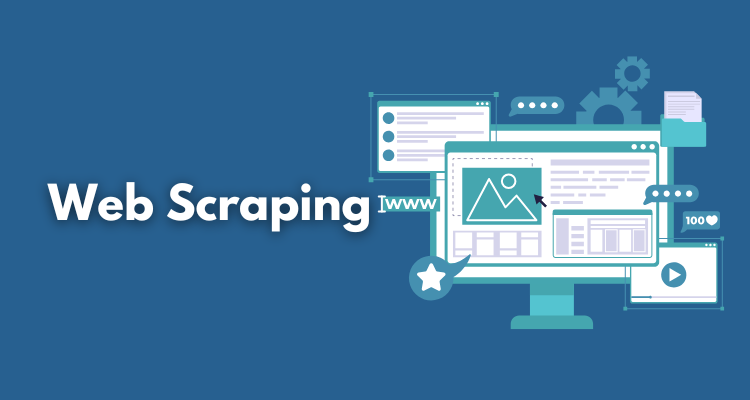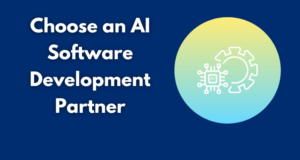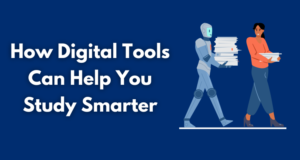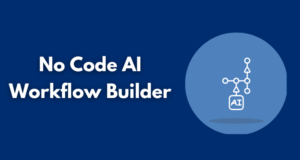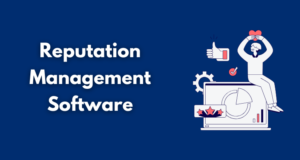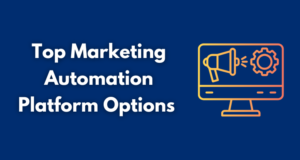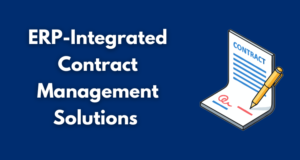Web scraping has become an indispensable tool in the data-driven landscape of 2025, enabling organizations to extract and analyze vast amounts of web-based information for strategic decision-making.
The global web scraping software market has experienced significant growth, valued at approximately USD 1.01 billion in 2024 and projected to more than double to USD 2.49 billion by 2032.
This surge is driven by the increasing reliance on data analytics across industries, with projections indicating the market could reach USD 3.52 billion by 2037, expanding at a compound annual growth rate (CAGR) of over 13.2%.
As organizations harness web scraping to gain competitive insights, monitor market trends, and enhance operational efficiency, implementing effective strategies becomes paramount to navigate challenges such as dynamic web structures and anti-scraping measures.
Table of Contents
ToggleCore Components Of An Effective Web Scraping Strategy
To ensure web scraping efforts are successful, resilient, and scalable, it’s key to build a foundation of intelligent design, infrastructure management, and data lifecycle strategies.
The following must-haves serve as pillars for navigating technical barriers, optimizing performance, and maintaining compliance with legal and ethical standards.
1. Use Of Proxy Servers
To collect data consistently without interruptions or bans, using proxy servers is necessary in any web scraping strategy. Many types of proxies serve as intermediaries between your scraper and the target website, masking your original IP address and distributing requests across multiple IPs to avoid detection.
- Use residential or rotating proxies: High-quality proxy services like Bright Data, Smartproxy, and Oxylabs offer rotating residential proxies that appear as real user IPs. These significantly reduce the chances of being flagged or blocked, unlike free or datacenter proxies that are often blacklisted.
- Bypass geolocation restrictions: Some websites display different content depending on the visitor’s location. Proxies allow you to scrape geo-specific content by routing requests through IPs in specific countries or cities, enabling broader and more targeted data collection.
- Evade anti-bot defenses: Many websites use tools like Cloudflare or Akamai to detect scraping behavior. Proxies help avoid CAPTCHAs, 403 errors, or rate-limit bans by distributing requests and mimicking human-like traffic patterns when combined with user-agent rotation and randomized delays.
- Manage concurrent requests: Scrapers that perform high-volume data extraction benefit from proxy pools, which let you make hundreds of concurrent requests without overloading a single IP address. This improves scraping efficiency and minimizes server throttling.
- Monitor scraper performance: Professional proxy solutions provide analytics dashboards to track request success rates, IP health, latency, and traffic usage. These insights help fine-tune scraping strategies and ensure continuous uptime and data accuracy.
Incorporating proxy servers into your web scraping toolkit ensures scalability, stealth, and resilience against evolving anti-scraping technologies.

2. Ip Rotation & Request Throttling Infrastructure
Websites guard against scraping by detecting high-frequency or suspicious traffic patterns. To remain undetected and respectful of server limits, your scraper must include IP rotation, request throttling, and user-agent management.
- IP rotation and proxies: Use a proxy pool to rotate your IP address between requests. This mimics traffic from multiple users. Providers like Bright Data, ScraperAPI, and Smartproxy offer rotating residential or datacenter IPs with customizable headers. Free proxies exist but are unreliable and easily blocked.
- Request headers & user-agent spoofing: Mimic real browsers by cycling through different user-agent strings (e.g., Chrome on Windows, Safari on iOS). Headers like Accept-Language, Referer, and Connection should also resemble those from normal users to avoid bot detection.
- Rate limiting: Introduce delays between requests to prevent overloading the target server. Most websites expect a few seconds between page loads. Implement randomized delays (e.g., between 1–5 seconds) to appear more human-like and avoid triggering anti-bot firewalls.
- Respect robots.txt: Before scraping, check the site’s robots.txt file for disallowed paths. While not legally binding, this document outlines the site owner’s scraping preferences. Ignoring it can increase the risk of getting banned or blacklisted.
- Error handling and backoff: Websites may occasionally block access, issue CAPTCHAs, or time out. A smart scraper handles HTTP 429 (Too Many Requests), 403 (Forbidden), or 503 (Service Unavailable) by pausing, backing off, or switching IPs. Tools like requests in Python or middleware in Scrapy can detect such responses and trigger fallback logic.
Without this infrastructure, even the best parser will fail due to blocks, bans, or bot traps. Efficient scraping requires stealth and respect for server integrity.
3. Data Validation, Storage, And Maintenance Strategy
Scraping raw data is only half the job. To make the output usable, you need a pipeline that cleans, stores, and regularly updates the data—ensuring long-term reliability and utility.
- Real-time validation: As data is scraped, validate it against expected formats (e.g., dates, prices, availability). This filters out broken elements, placeholder text like “N/A,” or malformed entries due to missing fields. Tools like Pydantic (Python) or schema validation libraries can automate this.
- Structured storage: Choose the right storage solution for your data. For large-scale scraping, structured formats like CSV or JSON are insufficient beyond a certain volume or complexity. Use databases like PostgreSQL, MongoDB, or cloud storage with indexing and querying capabilities to maintain performance and integrity.
- Deduplication and versioning: Web pages change over time. To track updates or identify changes, implement hashing or checksums to detect duplicate entries. Save historical versions of records or compare timestamped entries to detect significant changes (e.g., product prices, stock availability).
- Data pipeline integration: Feed scraped data into your data analysis tools, dashboards, or APIs. Use tools like Airflow, Luigi, or Apache NiFi to schedule regular scraping jobs, transform raw output into usable formats, and alert you when a scraper breaks or data is incomplete. Leveraging a robust web scraper API can simplify this process by offering pre-built data extraction endpoints, real-time access, and better scalability across site
- Scraper maintenance: Websites evolve—selectors change, anti-scraping defenses are updated, and structures get redesigned. Maintain logs and monitoring alerts to detect errors or zero-result queries early. Use version control systems like Git for your scraping scripts to track changes and rollback if something breaks.
- Legal & compliance checks: Ensure your scraping practices comply with applicable laws, especially around user data and privacy (e.g., GDPR or CCPA). Avoid scraping personal information, login-protected pages, or data behind paywalls unless explicitly permitted.
A powerful backend ensures the scraped data is usable, structured, and continually reliable over time. It elevates scraping from a quick script to a sustainable data pipeline.

Photo by Glenn Carstens-Peters on Unsplash
Endnote
As AI-driven analytics and real-time decision-making become increasingly central to business strategies, the demand for high-quality web data continues to grow exponentially. Organizations are now integrating web scraping into automated data pipelines that power machine learning models, trend forecasting, and market personalization.
Investing in scraping infrastructure today is not just about data collection—it’s about future-proofing your competitive edge in the digital economy.

